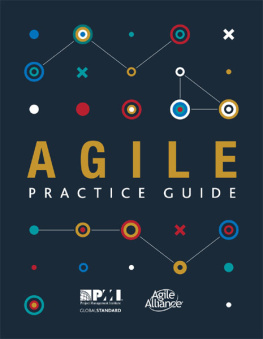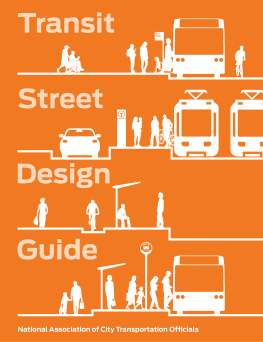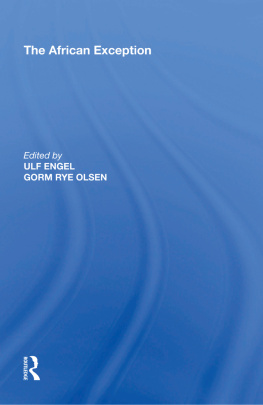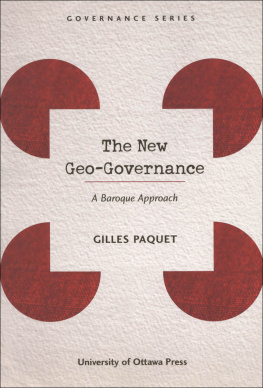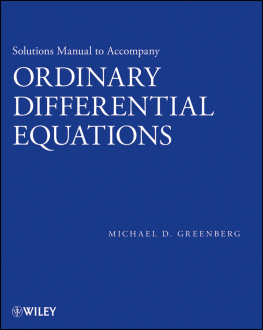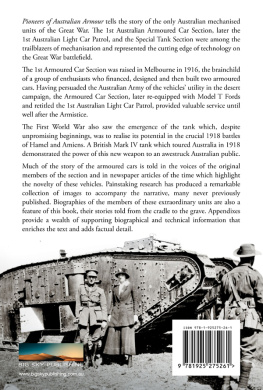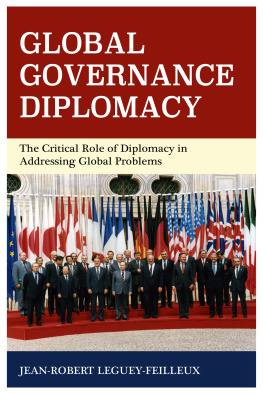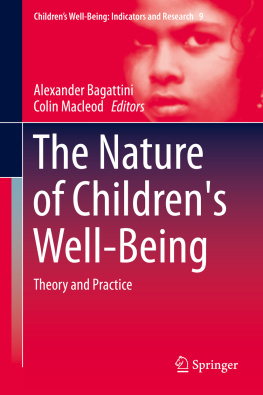Getting Skills Right: Australia
Please cite this publication as:
OECD (2018), Getting Skills Right: Australia , OECD Publishing, Paris.
https://doi.org/10.1787/9789264303539-en
Metadata, Legal and Rights
ISBN: 978-92-64-30350-8 (print) - 978-92-64-30353-9 (pdf) - 978-92-64-30668-4 (HTML) - 978-92-64-30667-7 (epub)
DOI: https://doi.org/10.1787/9789264303539-en
Series: Getting Skills Right
ISSN: 2520-6117 (print) - 2520-6125 (online)
This work is published under the responsibility of the Secretary-General of the OECD. The opinions expressed and arguments employed herein do not necessarily reflect the official views of OECD member countries.
This document, as well as any data and any map included herein, are without prejudice to the status of or sovereignty over any territory, to the delimitation of international frontiers and boundaries and to the name of any territory, city or area.
The statistical data for Israel are supplied by and under the responsibility of the relevant Israeli authorities. The use of such data by the OECD is without prejudice to the status of the Golan Heights, East Jerusalem and Israeli settlements in the West Bank under the terms of international law.
Photo credits: Cover - Cell phone: Creative Commons/Alfredo Hernandez, clock: Creative Commons/Hakan Yalcin, cloud upload: Creative Commons/Warslab, join: Creative Commons/Tom Ingebretsen, doctor: Creative Commons/Joseph Wilson, chef: Creative Commons/Alfonso Melolontha.
Corrigenda to OECD publications may be found on line at: www.oecd.org/publishing/corrigenda .
OECD 2018
You can copy, download or print OECD content for your own use, and you can include excerpts from OECD publications, databases and multimedia products in your own documents, presentations, blogs, websites and teaching materials, provided that suitable acknowledgement of OECD as source and copyright owner is given. All requests for public or commercial use and translation rights should be submitted to .
Foreword
Digitalisation, globalisation and demographic change are challenging the adequacy of labour market and training policies to ensure that workers have the skills needed in the labour market. In most countries, many employers complain that they cannot find workers with the skills that their businesses require. At the same time, a number of graduates face difficulties in finding job opportunities matching their qualifications. In light of these challenges, the OECD has launched a new programme of work on how to achieve a better alignment between the skills people acquire and those needed by employers, with a focus on: i) understanding how countries collect and use information on skill needs; ii) investigating cost-effective training and labour market policies to tackle skill mismatch and shortages; iii) studying the incentives of training providers and participants to respond to changing skill needs; and iv) setting up a database of skill needs indicators. This work builds on the extensive programme of work of the OECD in the area of skills, including the OECD Skill Strategy and its follow up national studies, the Survey of Adult Skills (PIAAC) and its rich analytical programme, and several studies in the areas of skills mismatch, vocational education and training, and work-based learning.
Within this area of work, the OECD Directorate for Employment, Labour and Social Affairs is carrying out a series of in-depth country reviews to offer a comprehensive analysis of the key areas where policy action is required to spur the development of an efficient system for skills assessment and anticipation to inform policy.
This report on Australia identifies strategies adopted for turning qualitative and quantitative information about skill needs into relevant policy actions. It provides a comparative assessment of: the collection and use of information on skill needs to foster a better alignment of skills acquisitions with labour market needs; and the use of governance arrangements to ensure co-ordination across the key stakeholders.
The work on this report was carried out by Katharine Mullock from the Skills and Employability Division of the Directorate for Employment, Labour and Social Affairs under the supervision of Glenda Quintini (Skills Team Manager) and Mark Keese (Head of the Skills and Employability Division). Several colleagues from the OECD provided valuable input and feedback in the development of this report. Special thanks are given to the many Australian stakeholders who participated in meetings in October 2017 and a seminar in April 2018, and provided documentation and comments critical to the production of this report.
This report is published under the responsibility of the Secretary General of the OECD, with the financial assistance of the Australian Department of Jobs and Small Business and the Department of Education and Training. The views expressed in this report should not be taken to reflect the official position of OECD member countries.
Acronyms and abbreviations
ABS
Australian Bureau of Statistics
AISC
Australian Industry and Skills Committee
ALMU
Australian Labour Market Update
ANZSCO
Australia and New Zealand Standard Classification of Occupations
ANZSIC
Australia and New Zealand Standard Industrial Classification
AQF
Australian Qualifications Framework
AWPA
Australian Workforce Productivity Agency
BLS
United States Bureau of Labor Statistics
CISC
COAG Industry and Skills Council
COAG
The Council of Australian Governments
COPS
Canadian Occupational Projection System
CoPS
Centre of Policy Studies
CSIRO
Commonwealth Scientific and Industrial Research Organisation
CSOL
Consolidated Sponsored Occupation List
DET
Department of Education and Training
DHS
Department of Human Services
DIBP
(former) Department of Immigration and Border Protection
EP
Employment Projections (United States)
ESCO
European Skills, Competences, Qualifications and Occupations
ESDC
Employment and Social Development Canada
GDP
gross domestic product
HILDA
Household Income and Labour Dynamics in Australia
ICT
internet and communications technology
IRC
industry reference committee
ISF
Industry Skills Forecasts
JSCI
Job Seeker Classification Instrument
LMIC
Labour Market Information Council (Canada)
LMIP
Labour Market Information Portal
MAC
Migration Advisory Committee (UK)
MACSM
Ministerial Advisory Council on Skilled Migration
MLTSSL




